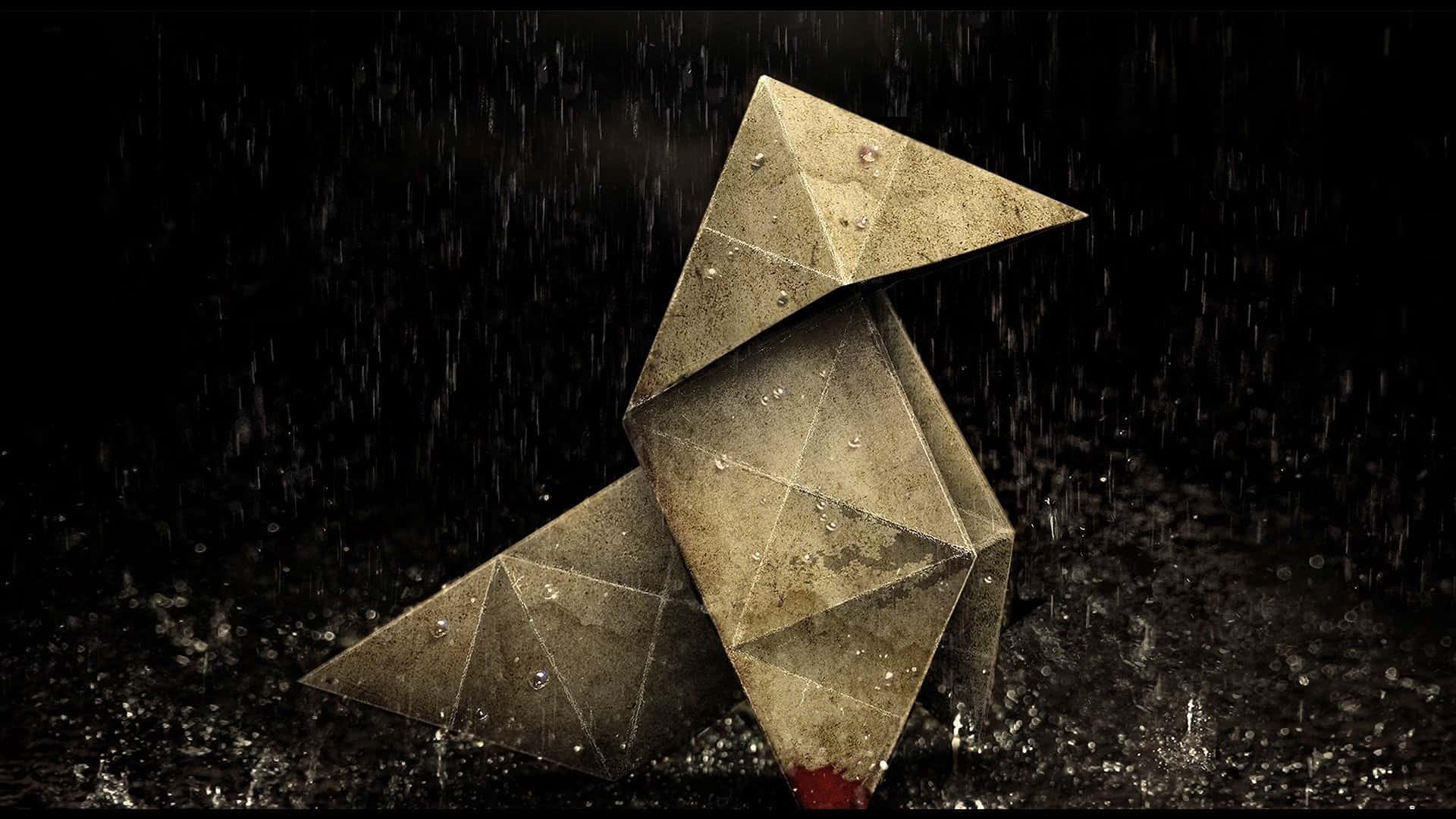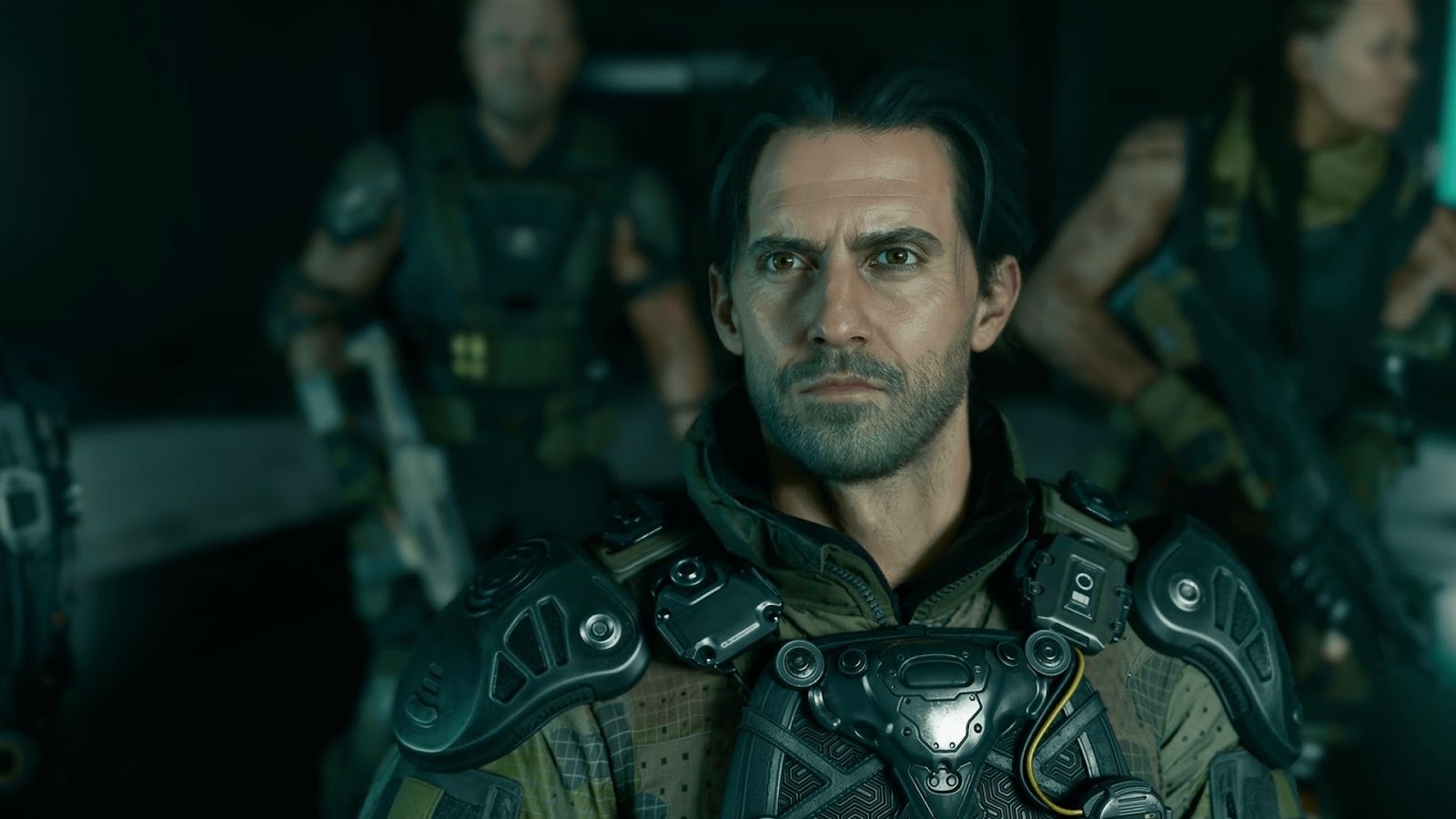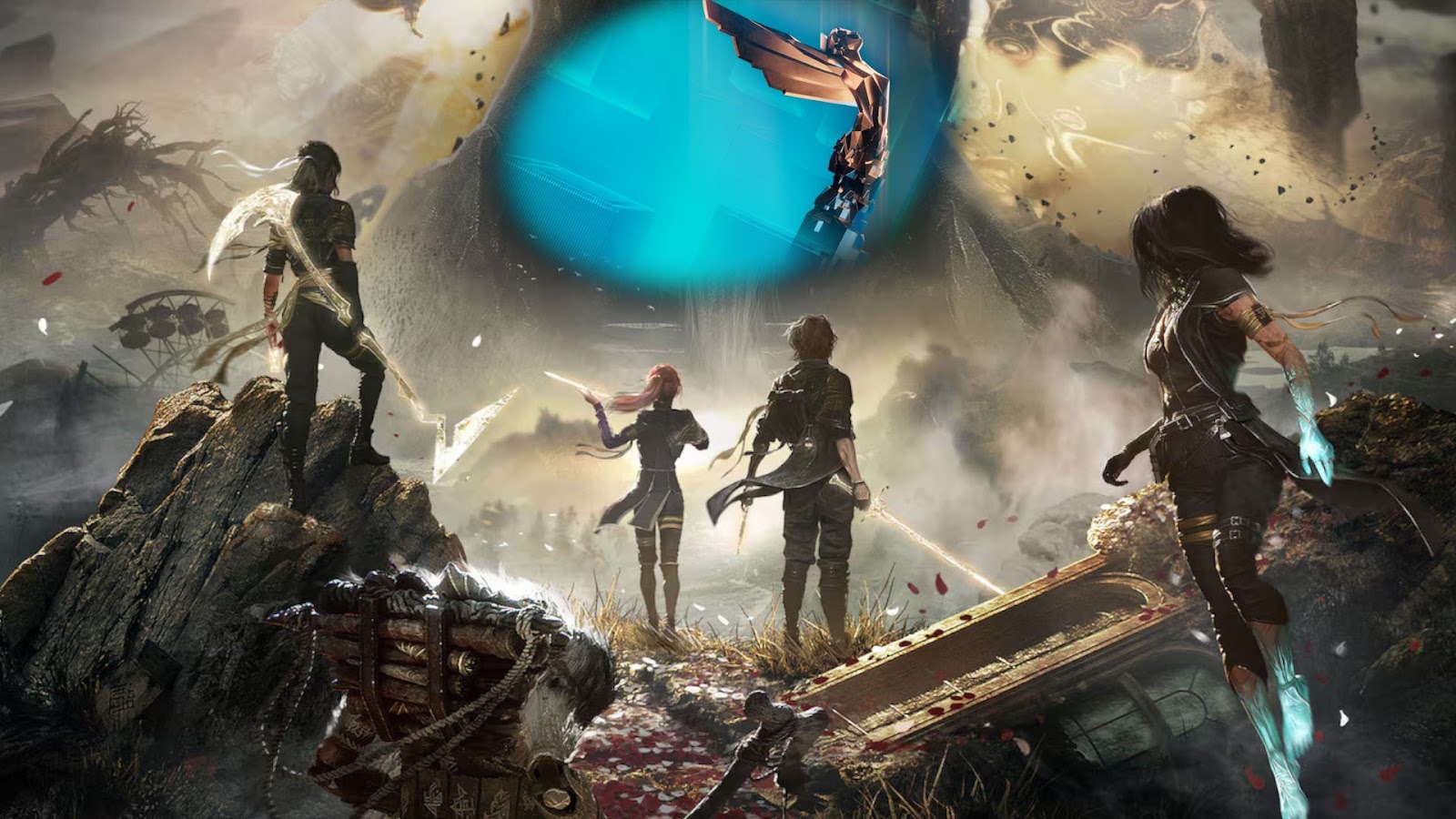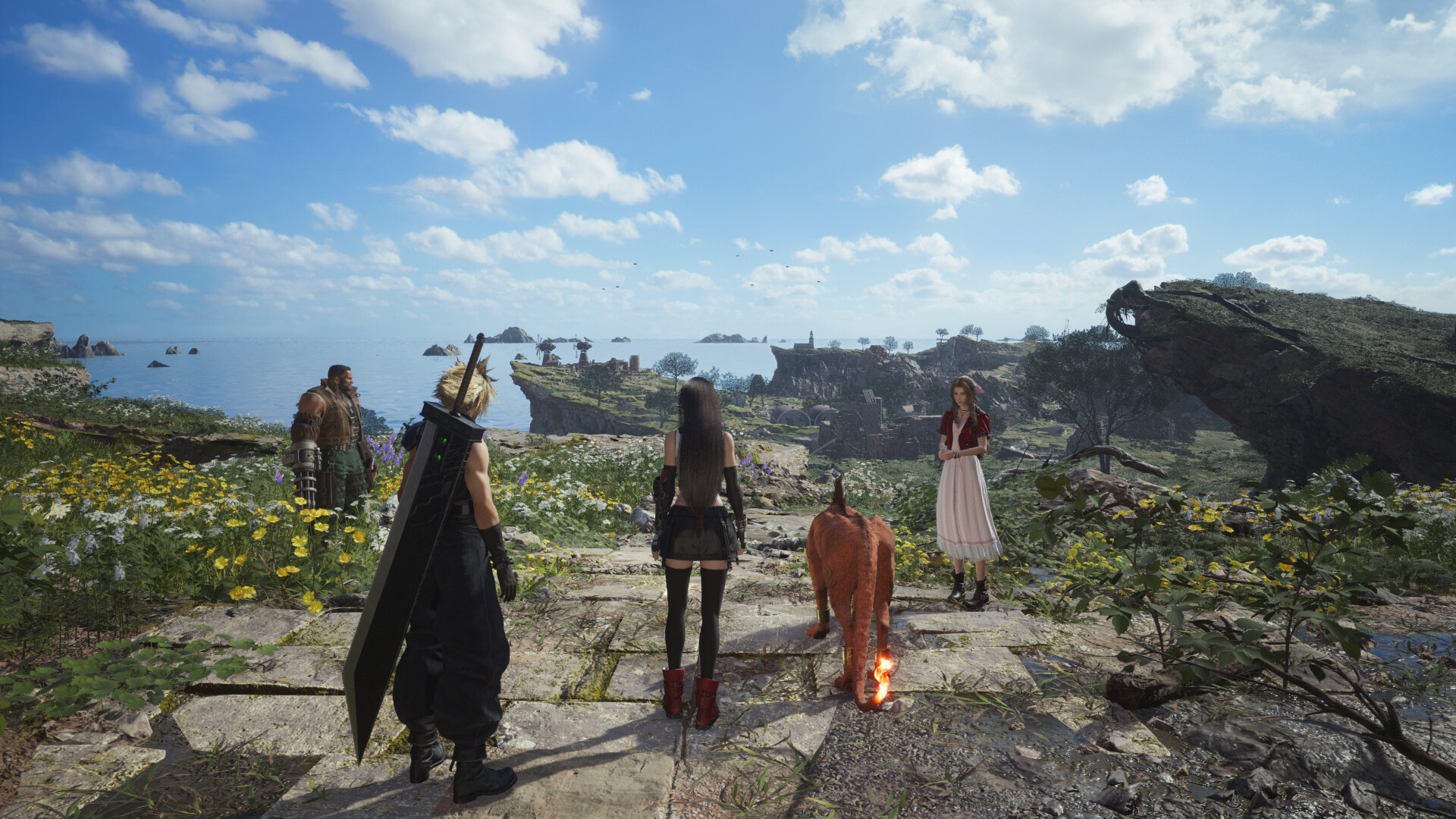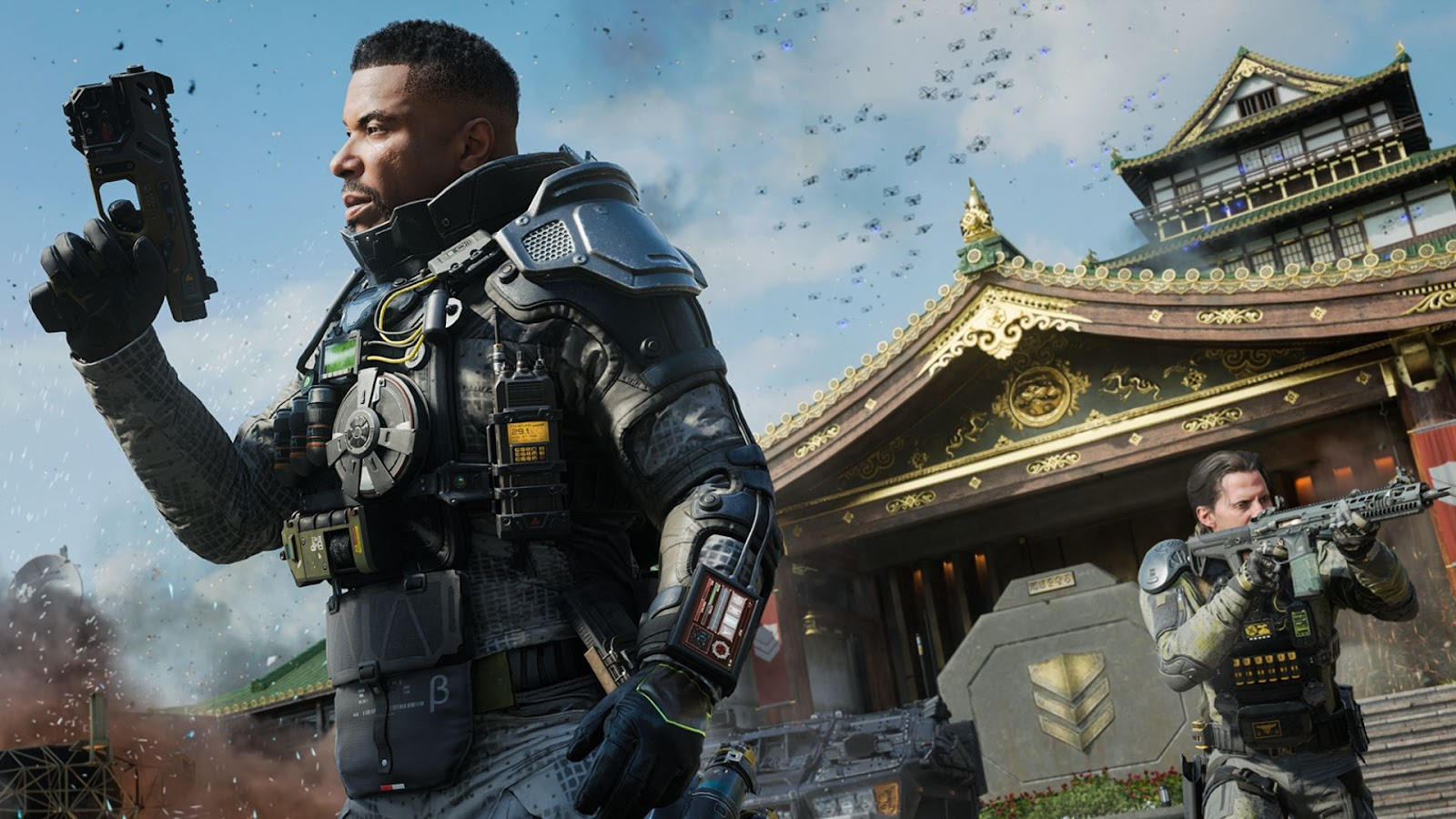You can trust VideoGamer. Our team of gaming experts spend hours testing and reviewing the latest games, to ensure you're reading the most comprehensive guide possible. Rest assured, all imagery and advice is unique and original. Check out how we test and review games here
Warning: The following feature contains several spoilers about events and details that crop up during the first few hours of Heavy Rain. If you’re not keen on the idea of ruining any potential surprises, you may do better to read our most recent, spoiler-free, preview instead.
/https://oimg.videogamer.com/images/748a/heavyraindec091.jpg)
How much freedom do we really have?
Alright, so we know that Heavy Rain is a game about choice. As the four protagonists push on with their respective hunts for The Origami Killer, it’ll be down to us to determine their choice of action. You may suspect that the man you’re talking to is holding back a vital piece of information – so what do you do? Do you reason with him, threaten him with police action, or fire a bullet into the wall right next to his head? All of these approaches will affect your story in different ways; what’s less clear is how significant these deviations are.
For example, let’s look at the first scene featuring Scott Shelby – the shabby yet likeable private detective. Shelby starts the game at a run-down motel where he attempts to interview a call girl – a melancholy figure who lost her son to The Origami Killer. Depending on your line of questioning, she may give you a few details about her child’s disappearance, or she might angrily throw you out. Either way, you’ll eventually leave – only to watch as a dodgy-looking chap forces his way into her room. At this point you can either intervene and come to her rescue, or go home.
There are several variables to be found in this scene. For a start, there’s the information that can be gained from the prostitute; piss her off, or fail to ask the right questions, and you may not get anything out of her. Then there’s the call girl herself. If you rescue her from the nasty client, she’ll thank you – and I’m guessing this might open up some form of assistance in the future. Finally, there’s Shelby: if you end up fighting the client, you could end up getting hurt. If Shelby takes a hit from the rampant pervert, he’ll have a plaster on his hooter in all subsequent scenes.
So far, we only know for sure that it’s this last variable that leaves a lasting mark on the game – and even that appears to be an aesthetic difference (although, admittedly it’s an impressive one). Does it matter if you botch the interview, or whether you save the damsel in distress? At the time of writing, it’s hard to say. You can see how they could, but until we get to play the game beyond the first couple of hours, we won’t know for sure. What we do already know is that Heavy Rain forces certain events upon the player. By now most of us have seen or read about Norman Jayden’s life-or-death battle in Mad Jack’s scrapyard – the scene that was demoed at E3 this year. On the basis of that code, it seems that regardless of however you choose to approach the yard’s thug-like owner, you’ll always end up scrabbling around in the dirt – and one of you will always end up dead.
While it would be unreasonable to expect Quantic Dream to let the player take the game in any direction they choose, Heavy Rain will need more than just a handful of branching points if our expectations are to be met. At present I’m delighted with the volume of minor potential differences within a single scene, but the overall trajectory seems far more linear than what I’d initially hoped for. Still, I’ve only seen the first two hours of the game, and you’d expect the big forks in the road to arrive towards the middle. How much freedom does the player really have? Only time will tell.
/https://oimg.videogamer.com/images/2971/heavyraindec092.jpg)
Is there life after death?
Following on from the uncertainty over forks in the plot, there’s also a question mark hanging over the issue of death. David Cage has long maintained that Heavy Rain will continue even if one of the four lead characters dies, and indeed that there will be a proper resolution even if they all shuffle off this mortal coil. However, we’re still not entirely sure about how this will work.
The natural assumption is that the death of one to three characters will have simply shift the shape of the overall story, in the manner of any other important junctures in the plot, and that killing off all four will result in some form of cutscene that provides the “some form of closure” that Cage has promised. Ideally, you’d hope that this would involve a little more than a short clip that merely says, “…and then The Origami Killer got away”. This was essentially what you got when you messed things up in Quantic Dream’s previous release, Fahrenheit. Then again, that game featured concrete “Game Over” screens, so perhaps the comparison isn’t that useful.
Given that there are four characters who can be killed, and somewhere in the region of 60 scenes in which they can die (in theory), you don’t have to be a mathematical genius to see that this arrangement could easily result in a huge number of different narrative outcomes. However, considering how much time and effort it would require from the development team to create all these varied outcomes, it seems unlikely that the final game will offer quite so much flexibility. Naturally, there will be lots of scenes where your character isn’t facing any form of potentially lethal threat, but even during moments where the Grim Reaper appears to be waiting in the aisles, you may actually be a lot safer than you think.
Take the early scene in which Scott Shelby stops into a convenience store to quiz the owner about the Origami Killer. After chatting to the store keeper, our private detective heads to the back of the shop to look an asthma inhaler he needs to buy. At this point an armed hoodlum bursts in and attempts to rob the place. If you’re quiet, you can sneak up behind him and get the jump on him, but if you’re not careful you can attract the gunman’s attention. It seems like a pretty tense situation, but even if you try to aggravate the guy, you’ll only end up taking a bullet in the arm. And whether you defeat the crook or he ends up running off, the storekeeper will always give you a new clue as you leave. The only situation in which you won’t get the clue is if you hide like a little girl, which results in the owner getting shot.
I’m being a bit harsh here by coldly pulling away the game’s smoke and mirrors. On first appearance, Heavy Rain does a great job of making you feel like you’re in a story where anything can happen, where the characters can die at any moment. I’ve no doubt that they can die in some scenes (I’ve seen it for myself), but it largely seems that character death will just be another potential branching point in the overall plot tree. Therefore, as I’ve already stated, the real question is this: How big is the tree?
/https://oimg.videogamer.com/images/b54c/heavyraindec093.jpg)
Where can I get an ARI?
FBI Agent Norman Jayden has one of the coolest little toys I’ve ever seen in a video game: The ARI. It’s essentially a high-tech pair of sunglasses, attached to a special glove, that allows Jayden to interact with electronic tools and information boxes which magically appear to be laid over his view of reality. In other words, it’s a bit like virtual reality – only you can see the real world at the same time. And it’s not crap. And it doesn’t require you to wait in line at Beaties for half an hour so that you can have a quick go on Dactyl Nightmare.
We first saw the ARI at Quantic Dream’s E3 presentation. Then Jayden used his specs to trace invisible blood spatters and other forensic clues that littered Mad Jack’s scrapyard. However, after playing the first two hours of the game, I can now reveal that it has plenty of other tricks too. In one early scene Jayden is forced to wait for an appointment with a colleague. To pass the time he slips on his ARI and summons a translucent wall, bouncing a virtual ball against it like a nerdier cousin to Steve McQueen in The Great Escape. It’s a cute little touch, but it’s nothing compared to the power it shows off a few moments later.
As he’s temporarily working in conjunction with the local police force, Jayden is given his own office to work out of – a drab little cubicle that feels depressingly claustrophobic. No matter, thinks Jayden. Within seconds he whips out ARI, slams a glowing sphere against his empty desk, and summons what can only be described as the world’s greatest screen-saver. A virtual backdrop spreads like a wave across the room, transforming the tiny office into a peaceful woodland scene. Sunlight trickles through non-existent trees, and digital birds chirrup in the distance. It’s beautiful. There are three other options if you don’t like the forest: if you desire, you can have Jayden work at the bottom of the ocean, on an airy cliff top, or in the middle of a silent, sandy desert.
The effects involved in these transformations are truly spectacular, and you can rest assured that come next year there will be lots of PS3 owners using this function to show off to jealous 360 owners. Beyond looking nice, these backdrops also seem to serve a vital role in Jayden’s work. By making Minority Report-like gestures and sweeps with his hands, he can access folders that contain all his notes and clues on The Origami Killer. Each object or piece of info can then be fed into a map of the local area, allowing you to look for geographical correlations among the evidence you’ve found. It’s not exactly clear how this feeds into gameplay, but I’d wager that there will be a few puzzles to solve using these tools.
In any case, the real question is when we’ll get this kind of technology in the real world. Never mind Project Natal, I want an ARI for Crimbo next year.
/https://oimg.videogamer.com/images/16fb/heavyraindec094.jpg)
Who is The Origami Killer?
Who is The Origami Killer? Why, he’s the bad guy of course – the nasty fellow who kidnaps young children. His modus operandi is always the same: a child goes missing, and four days later they turn up dead, the body abandoned on a patch of wasteland. The corpses are always left adorned with two decorations – an orchid, and a small origami model. Oh, and a post-mortem always reveals that the victims were drowned to death… drowned in rain water, to be precise.
Other than these titbits, we really don’t know much about the identity of Heavy Rain’s villain. Having said that, the game makes it pretty clear that there is some kind of strong link between the paper-pinching pariah and Ethan Mars – the troubled architect who believes his son, Shaun, has been kidnapped by the killer. Actually, describing Ethan as “troubled” is a bit of an understatement: his life fell to bits after his other son, Jason, was killed in a car accident. His wife left him, his career faltered, and his relationship with Shaun broke down.
But these issues are only the tip of the iceberg when it comes to Ethan’s problems. You see, he’s also suffering from a brain abnormality – a souvenir from the same accident that killed Jason. Ethan blacks out from time to time, and when he wakes up he has no memory of the time he’s lost. It’s during one of these episodes that Shaun goes missing: he takes his son to the park, blacks out, and when he recovers he’s in a nearby road, while Shaun has disappeared. We never actually see Shaun disappear, but naturally Ethan can’t explain all this to the police. Within an hour or so of the game’s start, Ethan will have to lie to all sorts of people: to the cops, to his ex-wife, and even to his shrink.
Fine, so being a liar doesn’t make him a murderer – but it does make Ethan a particularly unusual character to play as. I certainly felt sorry for him during Heavy Rain’s opening sections, but I’m not entirely sure I trust him – not yet, anyway. Even before Shaun goes missing, Ethan reacts strangely when he reads a newspaper article about The Origami Killer, stating that someone in the story looks familiar. Are we going to find out that he’s really the villain that everyone is looking for? It seems too obvious a solution to be true, but who knows? After all, Fahrenheit had us playing as both a murderer AND the cops looking for him. In short, anything is possible.
/https://oimg.videogamer.com/images/6b62/heavyraindec095.jpg)
How are gamers going to respond to all this?
This is perhaps the most important question hanging over Heavy Rain – the one that’s probably keeping David Cage up at night. Because while this is undoubtedly a beautiful game, it’s also one that refuses to toe the line. This is a project that’s making a determined effort to defy convention – and in the realm of video gaming, innovation doesn’t necessarily result in commercial success.
Still, there are several reasons to be cheerful. For a start, it seems that Sony is making a real effort to support and promote this game in every way it can. This is no small thing, because Heavy Rain is a game that requires a bit of explanation. The graphics will undoubtedly help in attracting the attention of Joe Public, but a bit of solid advertising wouldn’t go amiss either. It’s also good news that Quantic Dream will be putting out a demo. Cage himself has admitted that it’s going to be a struggle to make the game’s concept work in the short-burst demo format, but he thinks it will help to win people over. He’s right, too.
Finally, we can take solace in the fact that the gaming community responded pretty darn well to Fahrenheit – a game which was an equally big departure from the norm. True, not everyone liked it, but it did well critically and according to Quantic Dream it eventually sold over 800,000 copies. And perhaps most importantly of all, it’s clear the developer has learned from the mistakes that were made with its last game. The quick time events in Heavy Rain are far more organic and natural than the ones that appeared in Fahrenheit; there are fewer “marathons” to endure, and most of the time you feel like you’re actually responding to events on-screen, rather than simply taking part in a Simon Says game that’s somehow interrupted the story. All things being equal, you’d expect Heavy Rain to at least match the performance of its oddball predecessor – but there’s no doubt that Sony and Quantic Dreams are hoping for wider success this time. Will they get it? Only time will tell.
Heavy Rain is due out exclusively for the PS3 next year. Be sure to check out our hands-on preview right here.
Heavy Rain
- Platform(s): PC, PlayStation 3, PlayStation 4
- Genre(s): Action, Adventure, Third Person
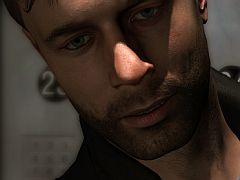
/https://oimg.videogamer.com/images/e79e/heavy_rain_64.jpg)
/https://oimg.videogamer.com/images/d6fa/heavy_rain_61.jpg)
/https://oimg.videogamer.com/images/fd23/heavy_rain_75.jpg)
/https://oimg.videogamer.com/images/effb/heavy_rain_65.jpg)
